The New Crop of Companies Reaping Profits from Wasted Food
Just as Rumpelstiltskin spun gold from straw, scores of new companies are trying to spin profits out of food waste.
Several start-ups are chasing ways to use food waste to make other edibles. Some are aiming to quickly distribute food that is about to be thrown out. And yet others are working to use every last ounce of ingredients.
Food waste, in other words, is now a platform for commerce.
“I’m convinced there’s a business that’s a kind of Uber for refrigerated trucks,” said Jesse Fink, a founder of the travel site Priceline who now calls himself a food waste evangelist.
The businesses have a lot to work with. As much as 40 percent of the American food supply goes in the trash. Most of the waste comes from consumers and retailers, the government estimates, and in recent years, the issue has resonated, particularly with younger consumers.
The business of food waste is not well tracked; most data available now is on funding for individual companies. But Back to the Roots, which is based in Oakland, Calif., and sells products like a mushroom-growing kit that uses coffee grounds, recently raised $5.8 million from individual investors like Michael Pollan and Blake Mycoskie. EcoScraps, which is based in Utah, and turns food waste into gardening products, has raised $13 million from Peterson Ventures and others, according to CB Insights, a research firm.
“Over the last year, we’ve seen investors put millions of dollars into early-stage brands that appeal to consumers based on their sustainability and transparency,” said Rory Eakin, chief operating officer of CircleUp, a marketplace for investors and early-stage consumer brands.
He cited examples like the Forager Project, Misfit and Back to the Roots. “Many of these emerging brands incorporate food waste and upcycling products” — using once-discarded materials as components of new products — “as part of their brand portfolio.” Others, he said, are working to solve the unusual distribution and logistics challenges posed in using food scraps.
Some of the new businesses can bootstrap their operations, since they are essentially taking inexpensive or free scraps from others. But many have taken outside investment.
Take Cerplus, for instance, which raised a small amount from friends and family investors late last year and got $20,000 from Y Combinator in exchange for securities if Cerplus has a financing round or sells for more than $100 million. The company started in January as a sort of online go-between, linking farms and wholesalers with food on the verge of going to waste with restaurants and other businesses.
“We let people know what’s available and offer a pretty good discount,” said Zoe Wong, the co-founder and chief executive.
On a recent day, Cerplus was offering organic artichokes for $1.30 a pound and ripe bananas for 55 cents a pound, minimum order 40 pounds. The company started serving the Bay Area in January and now has shipped more than 13,000 pounds of food to more than 60 clients, Ms. Wong said.
“Plenty of these businesses need early-stage, venture capital type of investment,” said Mr. Fink, who is a trustee of the Fink Family Foundation, which has focused on how to reduce food waste. But he said some other businesses related to food waste, like large-scale composting, require significant capital investment.
CB Insights found that Kleiner Perkins, a venture capital firm, and others have put a total of $248 million into Harvest Power, a company based in Waltham, Mass., that processes organic waste into mulch and fertilizer. And Liquid Environmental Solutions, which is based in Irving, Tex., and processes waste water and used cooking oil, has raised $51.6 million from investors including ABS Capital Partners.
Even Beyoncé has gotten involved. She recently joined other ventures to buy a stake in Wtrmln Wtr, a company that makes cold-pressed watermelon juice from melons that cannot be sold in a grocery store.
The company was started in late 2013 when Jody Levy and Harlan Berger decided to do something about the hundreds of millions of pounds of watermelon that are wasted every year. The company does not disclose its sales but said it expects revenue to increase 385 percent this year.
Its biggest challenge was creating a supply chain. Scuffed, sunburned or otherwise unwanted melons can be sold in a secondary market, but prices are volatile, so farmers may just plow them under because hauling them is expensive.
Now, Wtrmln Wtr wants them.
“It’s definitely created a new opportunity for us,” said Chandler Mack, whose family grows potatoes and watermelons in Central Florida.
Retailers, wholesalers and food service companies may reject entire semitrailers of produce if they spot a single crushed box or carton, and then producers must scramble to figure out how to get rid of the produce to avoid extra transport costs.
“There are typically 22 pallets on a truck, which is what helps keep food costs low in this country,” said Roger Gordon, a food waste entrepreneur. “But if no one is going to pay the bill for all that, the easiest place to deliver it is a Dumpster.”
Mr. Gordon is a co-founder of Food Cowboy, which uses a mobile app to connect rejected truckloads of fresh foods to charities and other organizations. The company maintains a database with details about loading docks, refrigeration and other equipment to help it coordinate.
“We once had a situation early on where a church at the end of a one-lane road agreed to take a delivery from a 53-foot-plus tractor-trailer,” Mr. Gordon said. “They thought the word truck meant something like an F-150.”
Even old-school food companies are finding gold in food waste. Baldor Specialty Foods, which supplies restaurants and institutional kitchens, is developing a sort of flour made from things like cabbage cores and pepper shoulders. Other scraps go to Flying Pigs Farm, one of its pork suppliers, for animal feed. “We now know what pigs like and what they don’t like,” said Michael Muzyk, president of Baldor. (They refuse to eat onion skins, apparently.)
Chefs like Bill Telepan are experimenting with the flour — Baldor has not decided what to call it — and some large organic retailers have expressed interest. “I do think there’s a positive revenue stream — eventually,” Mr. Muzyk said.
Baldor had to reroute its conveyor belt system and figure out how to ensure that waste held in bins for processing did not violate city health regulations, examples of the unusual challenges food waste entrepreneurs routinely face.
Not every good idea for reducing waste pays off, though. Margaret Tung thought she had a great solution for the piles of day-old baked goods and almost-overripe produce she saw in trash bins and garbage cans in New York City.
What else? An app called PareUp that enables a retailer to post a list of products about to be thrown out, giving users a sort of menu to peruse.
But the system, which began a couple of years ago, never really took off. “I think there are certain times people are accustomed to eating things,” Ms. Tung said. “They’re not looking for a croissant at 5 p.m.”
The app still exists, but PareUp is not actively maintaining it. Still, not too long after hanging up the phone after an interview, Ms. Tung called back.
“I just had a look,” she said. “Five hundred transactions have taken place.”

















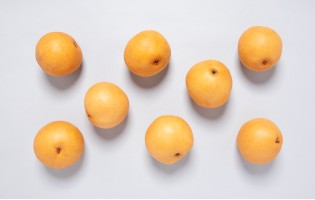
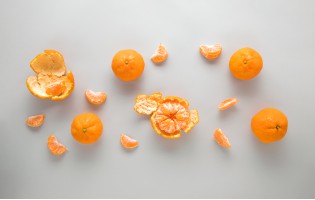
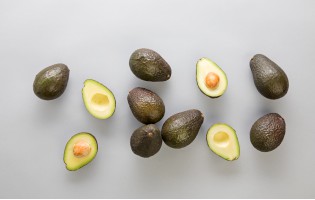
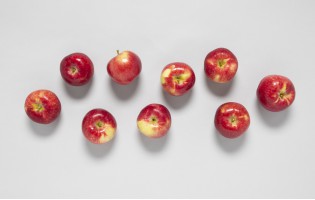







































































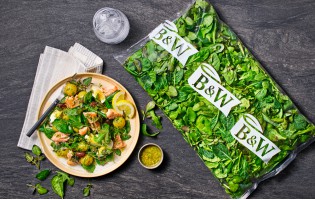




























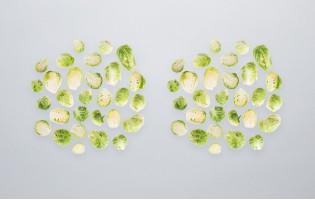












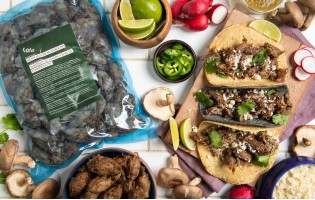


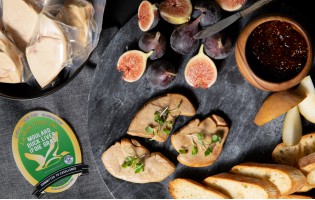
















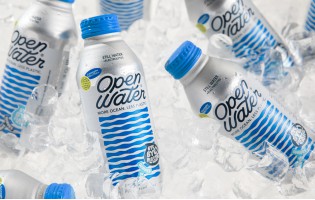

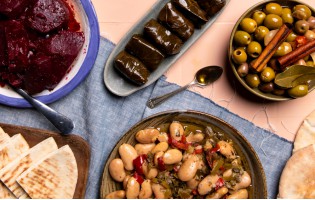





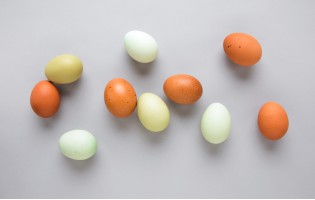
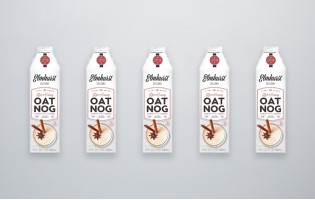
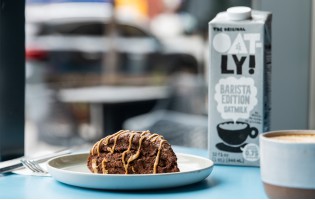


















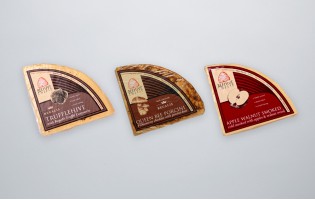
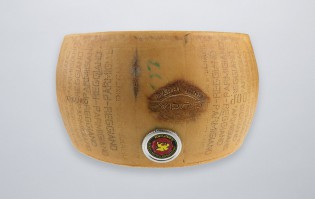
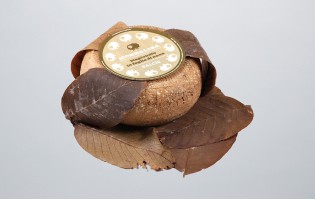









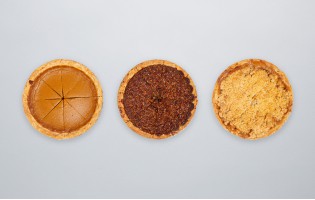





















 Fruits
Fruits  Organics
Organics  Vegetables
Vegetables  Fresh Cuts
Fresh Cuts  Meat & Poultry
Meat & Poultry  Grocery
Grocery  Dairy
Dairy  Cheese
Cheese  Bakery
Bakery  Seafood
Seafood 